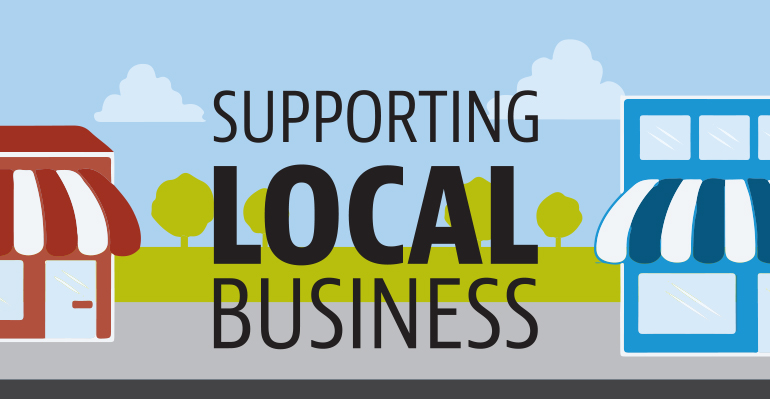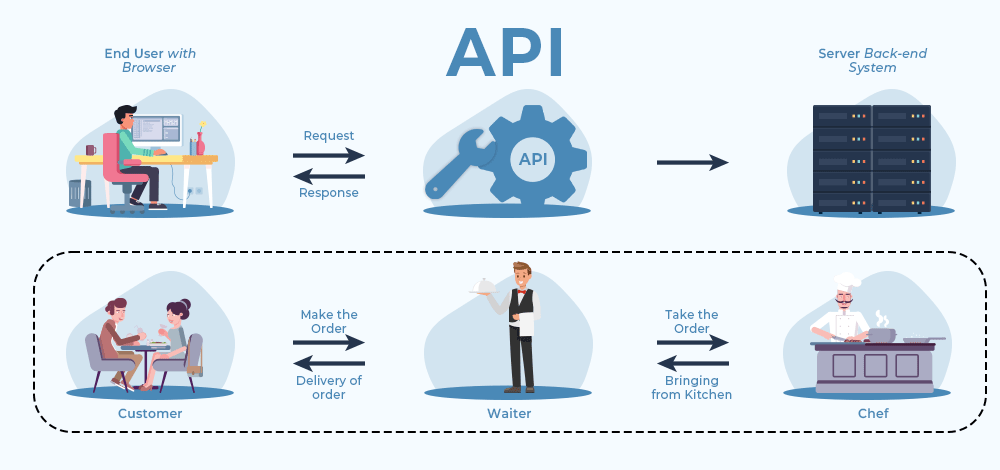
Website designing for local businesses, In today’s digital age, having a user-friendly website is essential for local businesses. Your website is often the first point of contact potential customers have with your brand, and a well-designed, easy-to-navigate site can make all the difference. In this blog, we’ll explore why user-friendliness is crucial, and provide actionable tips to help local businesses design a website that attracts and retains customers.
Why User-Friendliness Matters
User-friendly website design isn’t just about aesthetics; it’s about functionality and accessibility. For local businesses, a user-friendly site can:
- Enhance Customer Experience: A smooth, intuitive browsing experience keeps visitors engaged and encourages them to explore your offerings further.
- Boost Local SEO: Search engines prioritize websites that provide a positive user experience. A user-friendly site is more likely to rank well in local search results.
- Increase Conversions: When users can easily find what they’re looking for and complete actions (like making a purchase or contacting you), conversion rates go up.
Tips for Designing a User-Friendly Website
1. Prioritize Mobile Responsiveness
With the majority of internet users accessing websites via mobile devices, a mobile-friendly design is crucial. Ensure your site is responsive, meaning it adapts to different screen sizes and provides a consistent experience across devices. A responsive site improves load times, navigation, and overall usability on smartphones and tablets.
2. Simplify Navigation
A clear, straightforward navigation structure helps users find information quickly. Use a simple menu with easily identifiable categories and subcategories. Consider implementing a search bar for larger sites, allowing users to jump directly to the content they need.
3. Optimize Page Load Times
Slow-loading pages can frustrate users and lead to high bounce rates. Optimize images, use efficient coding practices, and leverage caching to speed up your website. Tools like Google PageSpeed Insights can provide actionable recommendations for improving load times.
4. Use Clear Call-to-Actions (CTAs)
Effective CTAs guide users towards desired actions, such as contacting you, signing up for a newsletter, or making a purchase. Ensure CTAs are prominently displayed and use actionable language. For local businesses, CTAs like “Find Us” or “Call Now” can be particularly effective.
5. Incorporate Local SEO Best Practices
To attract local customers, integrate local SEO strategies into your website design. This includes using location-based keywords, creating a Google My Business profile, and ensuring your contact information is consistent across the web. A well-optimized site helps improve visibility in local search results.
6. Provide Clear Contact Information
Make it easy for users to get in touch with you. Display your contact information prominently on every page, preferably in the header or footer. Include multiple contact options, such as phone numbers, email addresses, and contact forms, to accommodate user preferences.
7. Ensure Accessibility
Design your website to be accessible to all users, including those with disabilities. Use alt text for images, ensure good contrast between text and background colors, and make sure your site can be navigated using a keyboard. Accessibility improves usability and expands your audience reach.
8. Keep Content Concise and Engaging
Present information in a clear, concise manner. Avoid long paragraphs and use bullet points or headings to break up text. Engaging content, including high-quality images and videos, can keep users interested and encourage them to spend more time on your site.
9. Use Consistent Branding
Consistent branding across your website helps build trust and recognition. Use your brand colors, fonts, and logos consistently throughout the site. This creates a cohesive look and reinforces your brand identity.
10. Test and Iterate
Regularly test your website’s functionality and user experience. Use analytics tools to track user behavior and identify areas for improvement. Gather feedback from actual users and make iterative changes to enhance usability and performance.
Designing a user-friendly website is essential for local businesses looking to attract and retain customers. By focusing on mobile responsiveness, simplifying navigation, optimizing load times, and implementing local SEO best practices, you can create a website that not only looks great but also provides a seamless experience for your users. Remember, a well-designed website is a powerful tool in building your local presence and driving business growth.
Contact Us






